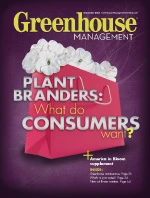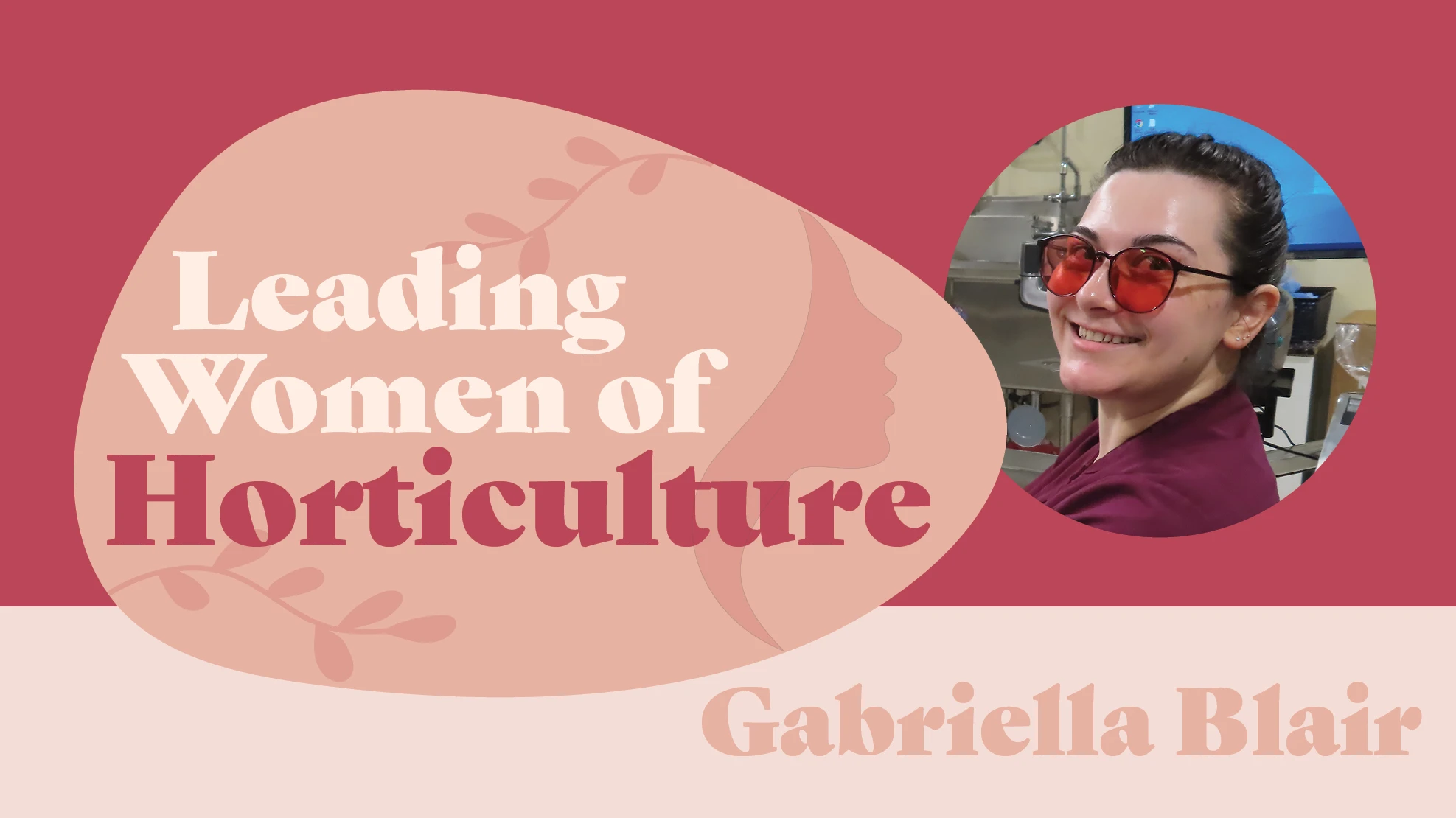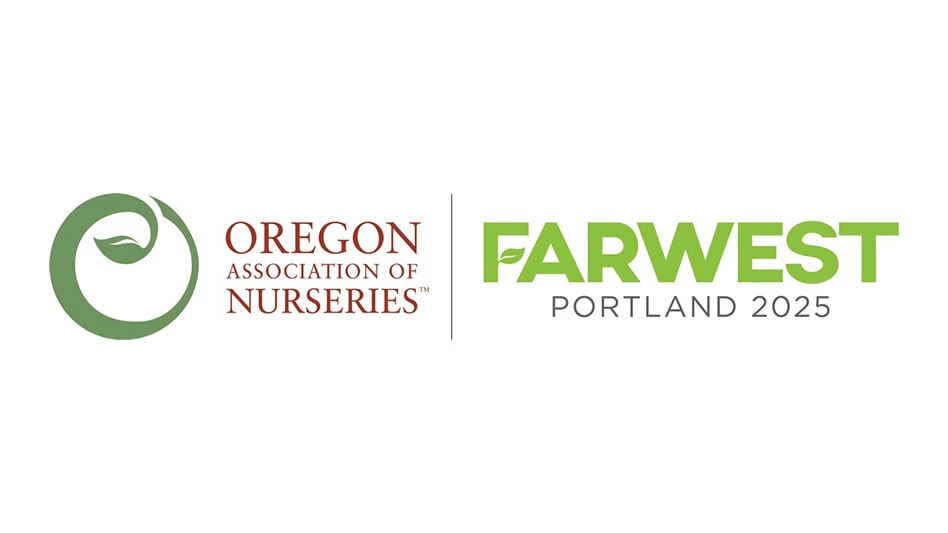|
 Consumer demand for sustainable products and business practices is increasing. Nine of 10 participants in a recent study perceived themselves as environmentally responsible. Consumer demand for sustainable products and business practices is increasing. Nine of 10 participants in a recent study perceived themselves as environmentally responsible.
When companies market products to appeal to consumers who are interested in the environment or sustainability, it is termed "green marketing." Even mass-merchants like Walmart recognize the value that "being green" has to consumers.
Not only do "green" products provide value to consumers, but sales often positively impact a company's profits. Some studies have identified groups of consumers who are willing to pay a premium price for sustainable products. People in those groups share favorable attitudes toward the environment and sustainability.
Still, there is considerable variation in consumers' attitudes about the environment. The diversification is an opportunity for businesses to learn what about a particular product or business appeals to consumers with the thought (hope?) of transferring that to others, leading them to make a purchase.
Definition of "green"
"Green" products or businesses are quite often synonymous with sustainable products or businesses. Sustainability is a multi-dimensional concept with great ambiguity. University of Georgia Agricultural and Applied Economics professor Forrest Stegelin reported in 2008 that there were more than 70 definitions of sustainability in the past 30 years. Of the 438 Georgia garden center shoppers in his study who were asked, "what words come to mind when you hear the term 'sustainable?'", 68 percent reported using the word "green."
Some of the dimensions that make a product or business sustainable include how waste is handled and how much and what kinds of energy are used in production. In addition, sustainability nearly always includes water use.
Water use
Few Americans recognize the importance of water use as keystone sustainability. The National Gardening Association (2008) reported that slightly more than half of their panel surveyed were extremely or very much in agreement with the statement that "it is important that residential, commercial and municipal lawns and landscapes be maintained in a sustainable manner." So, Americans know that preserving resources, wisely handling waste and protecting the environment are good things to do, but many are not practicing water conservation.
The NGA survey also showed that only 63 percent of the participants "water plants only when needed or use water wisely" and only 40 percent "apply mulch around trees, shrubs, and garden areas" (which can also be a water-conserving practice). So, water conservation related to horticulture is a practice that not much more than half of the American population engages in.
Water use profoundly impacts horticulture in two key ways: in plant production and use in the landscape. Our industry has seen first-hand the negative effect water shortages have on production, retail sales and landscaping in several parts of the country. These water crises were the tipping point for many companies lost to bankruptcy and the trickle-down effect also hurt growers.
Blue marketing
The color most often associated with water is blue and products marketed to appeal to consumers most interested in water-conservation can be termed "blue marketing." Given the importance of water use, for both plant production and landscape use, water conserving strategies should be proactively addressed for our industry to remain profitable and sustainable.
University of Arizona law professor Robert Glennon, author of "Unquenchable: America's Water Crisis and What To Do About It," showed that water quantity and quality is a pervasive problem throughout the United States, not limited to the South or West. Periodic droughts can cause devastating impacts to the horticulture and landscape industries and affect homeowners' plant choices.
For example, the recent three-year drought in the southeastern United States rated extreme to exceptional (category D3-D4) severely impacted nursery and landscaping businesses when mandatory irrigation restrictions were imposed. In north Georgia, complete outdoor watering bans were implemented, resulting in the bankruptcy and closure of many nurseries, greenhouses and garden centers, and an estimated loss of more than 14,000 urban agriculture jobs attributed to landscapers, sod farmers, greenhouses and nurseries.
Water management
Water management and quality are topics of major concern to ornamental plant growers and retailers. Drought, urban competition for water resources and increasing legislation at state and county levels increase the need for ornamental plant growers to manage water more effectively and/or use alternative water sources that are often of inferior quality.
Regardless of the area of the United States in which a growing operation is located, challenges exist regarding sufficient quantities of quality water sources. Legislation regarding water use and/or quality has been implemented in at least eight states.
Precision water management and resource efficiency were rated at the top of the issue/need/concern list developed at the joint USDA, Agricultural Research Service, NASA and National Science Foundation workshop "Engineering Solutions for Specialty Crop Challenges". Furthermore, the federal EPA is enforcing legislation requiring states to implement Total Maximum Daily Load (TMDL) programs for watersheds.
Proactive approach
Fortunately, some ornamental plant growers have taken the forefront in initiating more efficient use of water resources. Virginia Tech associate professor Alex Niemiera linked irrigation management with nutrient leaching fractions and developed monitoring practices for production areas to reduce nursery environmental impact.
Research has also been conducted to optimize water and fertilizer use as a result of limited water availability, increased fertilizer cost, and environmental concerns. Recent studies at Michigan State University have shown that a wide range of nursery crops can be produced with water savings of 30-75 percent.
 Landscape water use Landscape water use
What is needed now is more research in the area of water use in the landscape and how consumers will react to different plants (that use less water) or different irrigation strategies. If we better understood what consumers in drought prone regions are thinking about water use and landscaping, we might be able identify the types of consumers who are more likely to be water-conserving or to whom plants that use less water appeal to. We could develop more effective merchandising displays and informative websites to give consumers the information about water-conserving plants and plants grown by producers using water-conserving practices.
Need for consumer feedback
How will blue marketing fit into our future? If Glennon is right, water shortages will become more prevalent across the country and water rights will become increasingly more important. Just as we cannot imagine a beautiful landscape without plants, most Americans won't be dreaming of blacktop either.
 While research on water use of plants and sustainable practices among producers continues, what is lacking is the consumer perspective. All consumers don't think alike, but we have no large corporation to investigate the appeal of blue marketing to consumer segments. This key piece is needed to complete the strategy to more effectively market "blue" plants. While research on water use of plants and sustainable practices among producers continues, what is lacking is the consumer perspective. All consumers don't think alike, but we have no large corporation to investigate the appeal of blue marketing to consumer segments. This key piece is needed to complete the strategy to more effectively market "blue" plants.
One thing is certain; we cannot produce or keep plants in our landscapes without water. More needs to be done to spread the message that plants produce oxygen. We also need to identify ways to communicate that message along with plant selection and wise water use.
The horticulture industry is on the verge of another fundamental paradigm shift. Some growers, and arguably some consumers, have already discovered how they will grow and use plants in the future. This may be with less water or with non-potable water or a combination of strategies and sources. The rest of the industry can learn a lot from these pioneers. They've made mistakes that we can now possibly avoid. They have certain messages that appealed to them that may appeal to others. The time is ripe for consumer research to better prepare horticulture professionals for the future restrictions and legislation that declining water resources will surely bring.
Bridget K. Behe is professor horticulture marketing, Michigan State University, (517) 355-5191, Ext. 1346; behe@msu.edu.
|
 Landscape water use
Landscape water use 
 Consumer demand for sustainable products and business practices is increasing. Nine of 10 participants in a recent study perceived themselves as environmentally responsible.
Consumer demand for sustainable products and business practices is increasing. Nine of 10 participants in a recent study perceived themselves as environmentally responsible.  While research on water use of plants and sustainable practices among producers continues, what is lacking is the consumer perspective. All consumers don't think alike, but we have no large corporation to investigate the appeal of blue marketing to consumer segments. This key piece is needed to complete the strategy to more effectively market "blue" plants.
While research on water use of plants and sustainable practices among producers continues, what is lacking is the consumer perspective. All consumers don't think alike, but we have no large corporation to investigate the appeal of blue marketing to consumer segments. This key piece is needed to complete the strategy to more effectively market "blue" plants. 





